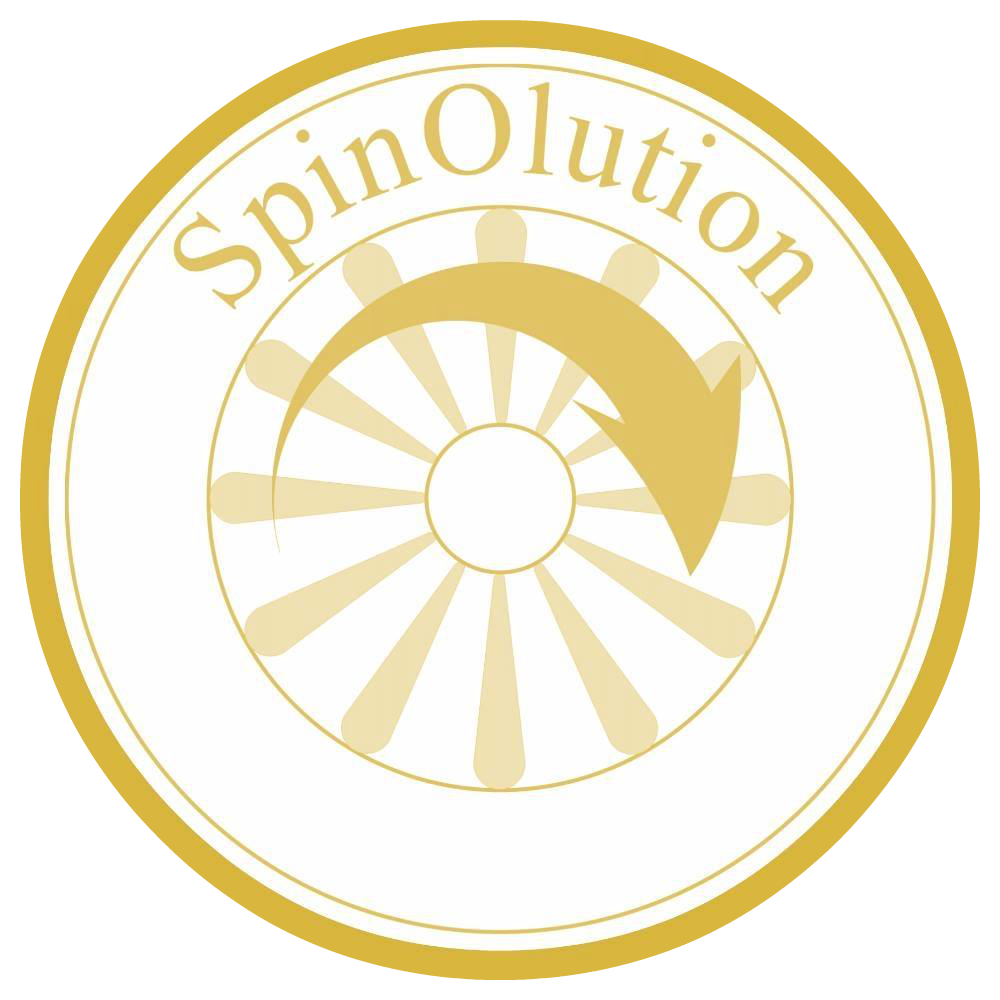SpinOlution Spinning Wheels are designed to be very low maintenance, but even with the best of design in order to prolong the life and enjoyment of your wheel it’s best to follow these simple steps. If you maintain these basic steps monthly and yearly you will be happily spinning for many years to come.
To be checked often when you finish a spinning session
DO NOT OIL, SERIOUSLY. NO OIL.
Move drive band to smallest ratio when not spinning.
Make sure there is no fiber or yarn caught in any of the moving parts.
Monthly things to check
Once a month remove the tension block to rotate - inspect/replace the felt.
Dust the wheel with furniture polish when necessary.
Remove drive band from wheel when stored for prolonged period.
Yearly things to check
Some of these things may need to be checked or replaced more often than once a year depending on the amount of spinning you have done within the year.
Change your drive band when necessary.
Remove drive band residue with a rag and furniture polish when necessary.
Check magnet on flyer shaft. If loose, apply superglue to secure.
By following these simple steps you will be making a prolonged investment in your wheel. SpinOlution wheels run on ballbearings and have strong magnet closures designed for ease of use and long life. While there will always be slight eccentricities found in any sort of wooden equipment with proper use and monitoring your SpinOlution Wheel should be smoothly producing yarn for many years. If you have any problems or questions please contact us at info@spinolution.com


